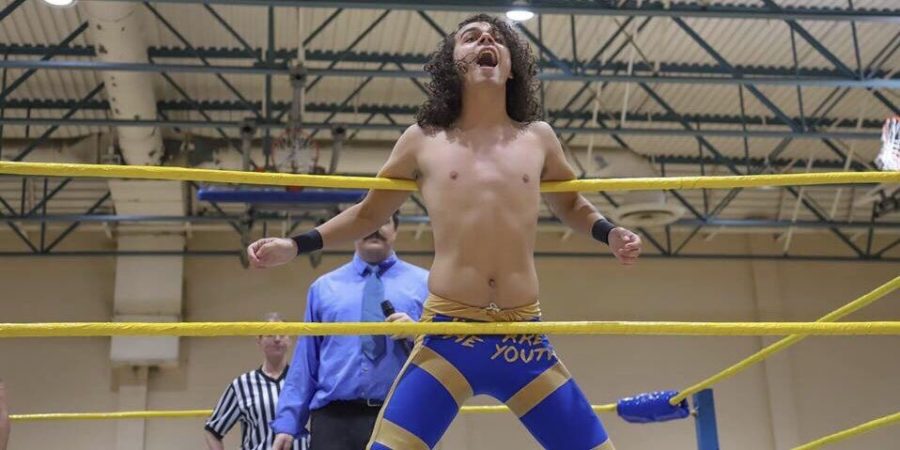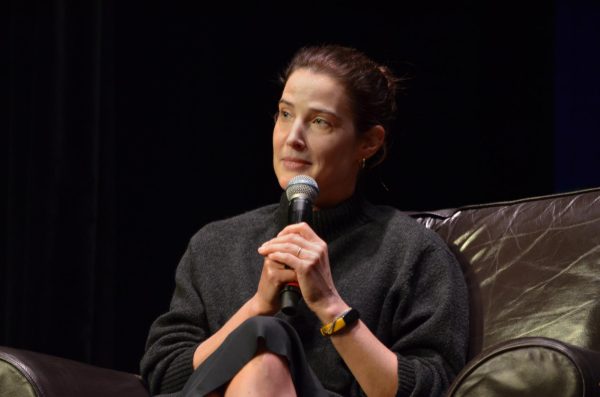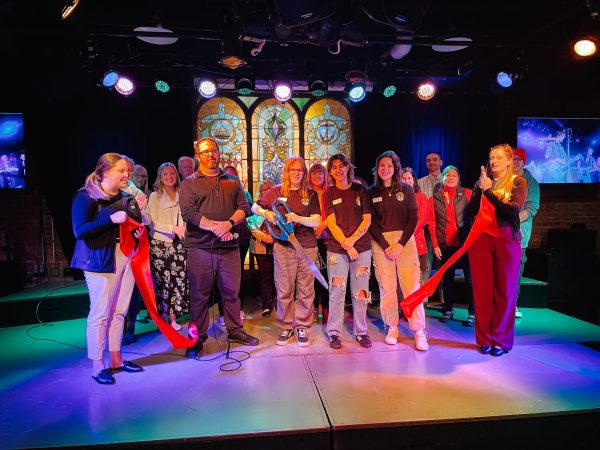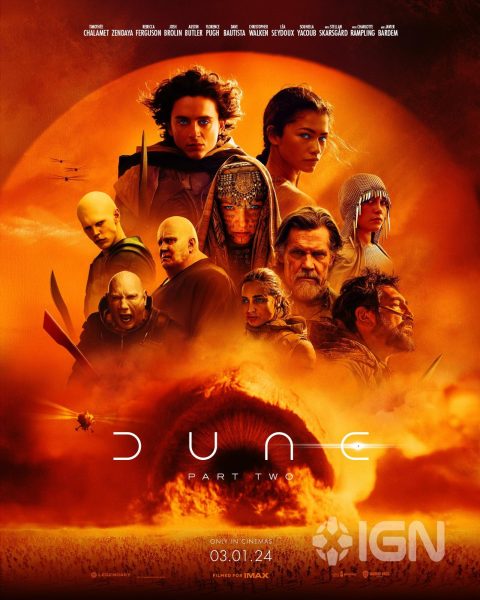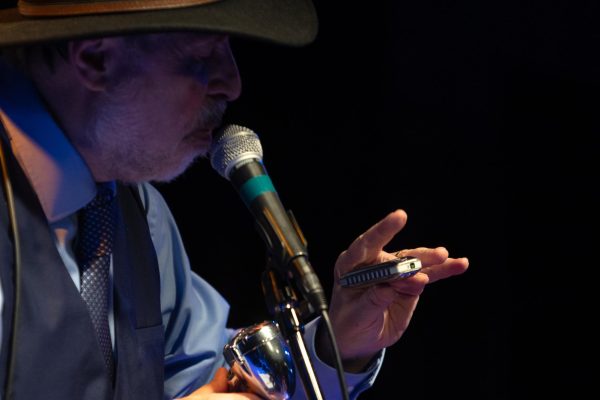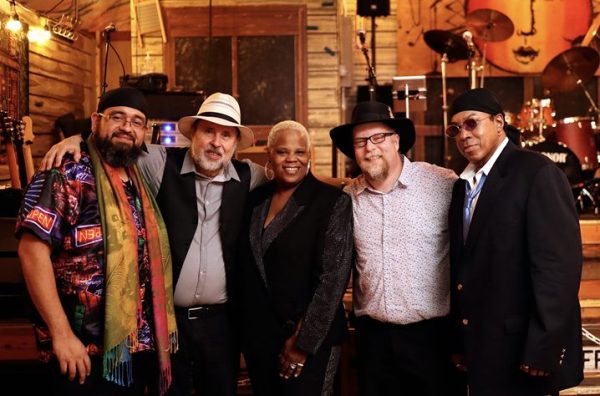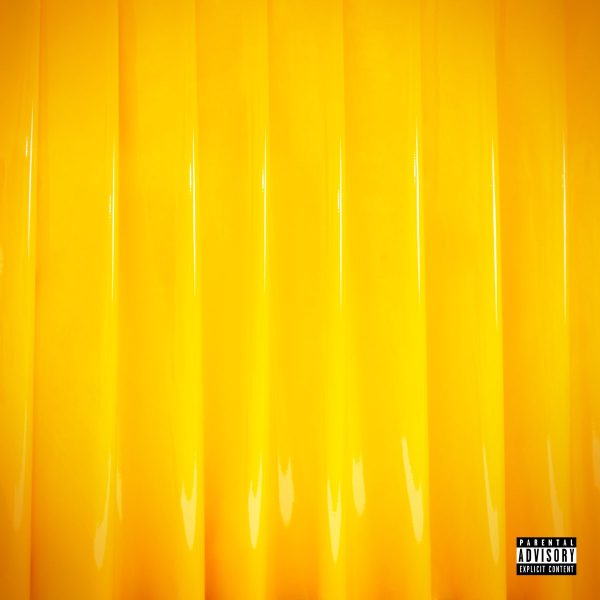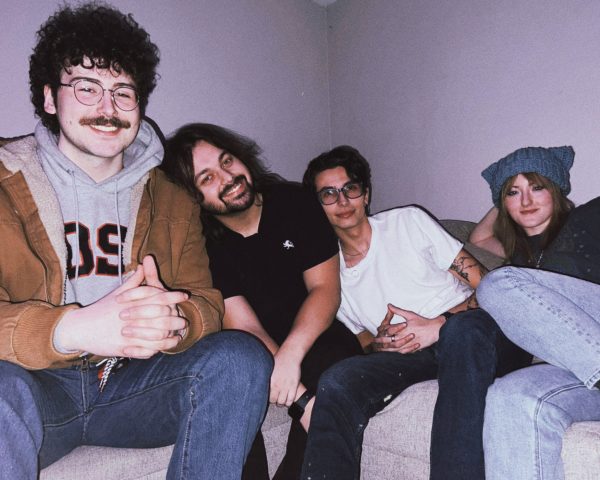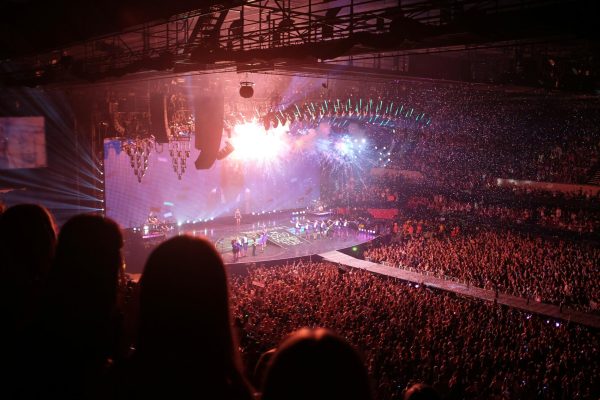The art of pro wrestling
November 6, 2018
Society has labeled the polarizing “sport” of pro wrestling as violent, demented and of course “fake” throughout its messy history. However, today some are giving pro wrestling a new label: art.
Actor, director and assistant professor of theatre at Iowa State, Cason Murphy, is among those who believe pro wrestling is an art form.
“There’s this notion that because boxing is ‘real’ and MMA fighting is ‘real’ so wrestling is ‘fake’ and that somehow negates it from being artistic,” Murphy said. “The basic tenets of what we teach our acting students is no different than what you see on the pay-per-view screen.”
Murphy uses pro wrestling as an example in his intro to performing arts class to introduce students to unfamiliar ideas of what performing arts can be.
“It’s about broadening that spectrum of what we as a contemporary society see as artistic,” Murphy said.
“I think people sort of dismiss [pro wrestling] because it feels like it’s supposed to be fake and we are all not in on the joke, but I think a lot of people who watch wrestling are in on that joke and they appreciate it anyway and they can still have an emotional response to it even though recognizing ‘oh they’re acting,’” Murphy said. “It’s the same thing as going to see a play at Fisher Theater. We know that those people are acting, but we can still respond to it in a way that’s meaningful.”
So what exactly qualifies as art?
Murphy said he believes, in simple definition, that in art a craft must be involved as well as some degree of spectacle, both of which is found in pro wrestling. Anything involving a performer, a spectator and a shared space qualifies as performance art.
He points out that there are many theatrical and artistic elements present in pro wrestling such as predetermined narratives, character building and intricate choreography.
“I am always impressed by the level of physical commitment that [pro wrestlers] have because they don’t do anything half-heartedly,” Murphy said. “It’s always done at one hundred percent or if possible it’s done above.”
Murphy wonders how much creative input pro wrestlers have on their performances and character versus the input of a group of people within the company pro wrestlers work for or what audiences want.
Vinnie Massaro is a full-time pro wrestler and pro wrestling trainer with over 21 years of experience.
“I do use my creative instincts and my creative brain,” Massaro said. “I perform in front of audiences. I like to see how they react and sometimes I change things based on how they react. Unfortunately there’s some companies with a lot of rules where [pro wrestling] isn’t art. They tell you to do ‘this, this, and this’ and don’t stray from it. It can be art, but sometimes it’s not.”
Josh Fuller is a 19-year-old pro-wrestler from Hollywood, Maryland.
“Even if you’re being told what to do or ‘hey this is what we want out of you tonight’ it’s still our adaptation,” Fuller said. “We’re painting a picture of someone else’s vision for an audience to see.”
The basis for a pro wrestler’s character, outside of major companies such as World Wrestling Entertainment (WWE), are often formulated by the wrestler themselves.
Massaro’s wrestling persona is foul-mouthed, obnoxious, enjoys eating pizza in the ring and believes he’s better than you because he’s Sicilian.
“I’ve always been told that your wrestling gimmick should be who you are times a thousand,” Massaro said.
Massaro revealed that he also wrestles under the masked kung-fu fighting panda character “Ultimo Panda” complete with a full panda costume.
For wrestling promotions in Maryland and beyond, Fuller portrays a spoiled brat who constantly bites off more than he can chew.
The discussion over professional wrestling as an art or professional wrestling as a sport is further explored among professional wrestlers themselves.
Fuller said pro wrestling rides a fine line between sport and art, but ultimately views pro wrestling as something else entirely.
“I kind of consider pro wrestling as its own thing. It just has elements of all these different worlds,” Fuller said. “It’s not like a competitive sport but there’s a hint of competition there and you’re giving it your all and you’re putting your body on the line. When you’re designing a match there’s a million things you have to think about. Whether or not something is logical, what makes sense for your character, what furthers the story, you want it to build. There’s all these aspects that make it artistic but it’s hard for the general public to know that because they don’t know the specifics of what goes on backstage.”
21-year-old pro wrestler Jody Summers from Las Vegas believes that it’s just a matter of where and when.
“I definitely consider what I do more on the art side because I’ve had a total of one match that I’ve actually had to do athletic s***,” Summers said.
Summers explains his character as an angsty teenager trying to find himself through emo band lyrics and long wet hair.
Massaro thinks the push to label pro wrestling as art may not necessarily be a good thing.
“We are already getting a lot of flak from people on the outside saying it’s all fake, nobody gets injured, the ring is a big trampoline which is not the fact. It hurts a lot,” Massaro said. “Even though it’s pre-determined it hurts a lot. The less we can make it seem fake and get away from that fake word it’s better for us. If we say it’s a hundred percent an art then people will think it’s just some dance rehearsal that we’re staging but it’s not.”
Pro wrestlers are aware that most of the modern audience knows what they’re doing isn’t “real” making their duty as performers more challenging and their craft more complex. Summers thinks that if two competitors are matched well enough, people will suspend disbelief and forget a match is predetermined.
At pro wrestling’s best it has the power to suspend the disbelief of even the pro wrestlers themselves.
“I’ve been a wrestler for 21 years and I know what’s going on in the ring most of the time, but still when I watch the Tokyo Dome and it’s Naito vs. Okada, god dammit, I’m clapping and I’m excited for that match even though I’ve done all those moves they’re doing,” Massaro said.
The job for pro wrestlers to suspend the audience’s disbelief is done by investing them in a story. Whether that story starts and ends in a ten-minute match or over months of pay-per-view events the concept remains the same.
Massaro tells all his wrestling students to watch “The Lion King” calling it the greatest wrestling match of all time.
“My stuff is one hundred percent story telling,” Summers said.
Having been involved in drama throughout middle school and high school Summers says that remembering lines and coming up with material on the spot are important skills he puts to use in his wrestling career.
Summers recounts a match with a former tag team partner that was built entirely upon callbacks to previous stories and moments rather than actual wrestling.
“Not to say it’s not physically exhausting because it is,” Summers said. “I am more on the character side of side of wrestling, so I don’t really do a lot of physical stuff. My move-set is literally four moves.”
Fuller also considers himself on the character side of wrestling. He explains that to show his value to promoters he focuses on understanding his character and the psychology behind a match rather than performing flashy moves.
“Connecting with an audience without having to do athletic stuff is something I focus on more so than the wrestling itself,” Fuller said.
The process of learning how to do wrestling moves has been slow for Fuller admitting that in the first year of his training he couldn’t do a basic suplex because of his size.
For Massaro the character aspect of pro wrestling has been his biggest challenge. When Massaro was hired for El Rey Network’s “Lucha Underground” he had to learn how to act.
“That part was harder for me than anything else,” Massaro said. “Trying to be an actor more than a pro wrestler. Anytime I have a match and I have to talk after I’m always more nervous for that than the actual match.”
The way that pro wrestlers market their characters Professor Murphy believes is masterful and a concept he tries to teach his students.
“You have to be able to sell yourself and your product as an actor,” Murphy said. “That’s what wrestlers do they have this character type that they play and they just get up there and they sell it. They have lines, they have physical choreography that they have to execute, they have entrances and exits, so it’s all basically the same thing our actors are doing but [pro wrestlers] are just doing it in front of thousands of people on pay-per-view while also hitting each other with chairs.”

